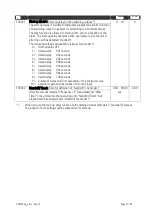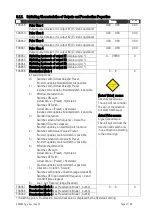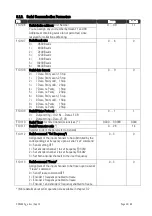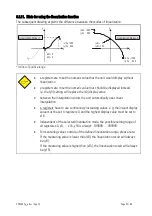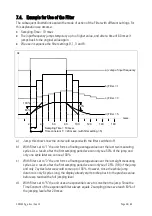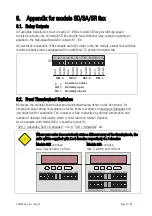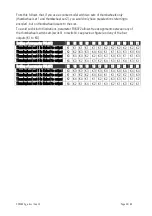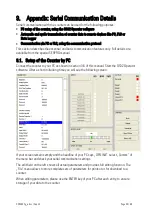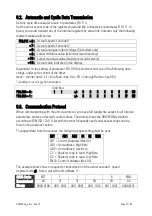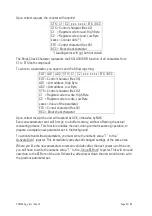
SD34002g_e.doc / Sep-13
Page 42 / 60
6.2.11.
Hints for using the linearization function
The subsequent drawing explains the difference between the modes of linearization.
x
y
(x0)= 0
(y0)= 0
Linearisation Mode = 1
x
y
Linearisation Mode = 2
(x0)= -1000
(y0)= 900
(x8)= 0
(y8)= 750
(x15)= +1000
(y15)= - 600
*)
(x15)= 1000
(y15)= 800
*) mirror of positive range
x-registers are to set the numeric value that the unit would display without
linearization
y-registers are to set the numeric value that should be displayed instead,
i.e. the (y3) setting will replace the (x3) display value
between the interpolation points the unit automatically uses linear
interpolation
x- registers have to use continuously increasing values, e.g. the lowest display
value must be set to register x0, and the highest display value must be set to
x16
Independent of the selected linearization mode, the possible setting range of
all registers x0, y0, … x16, y16 is always -199999 … 999999.
For measuring values outside of the defined linearization range, please note:
If the measuring value is lower than (x0), the linearization result will always
be (y0).
If the measuring value is higher than (x15), the linearization result will always
be (y15).




